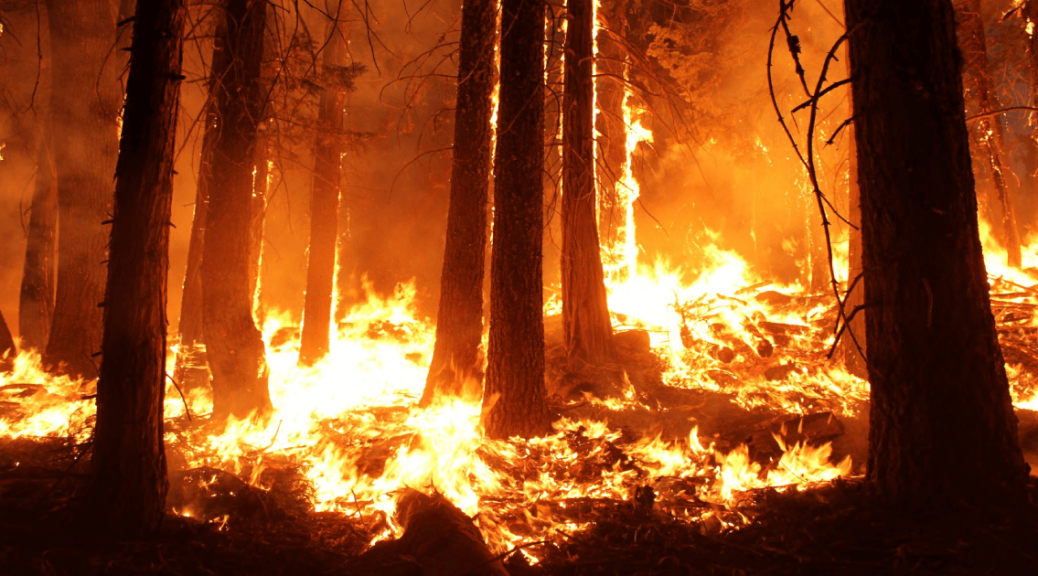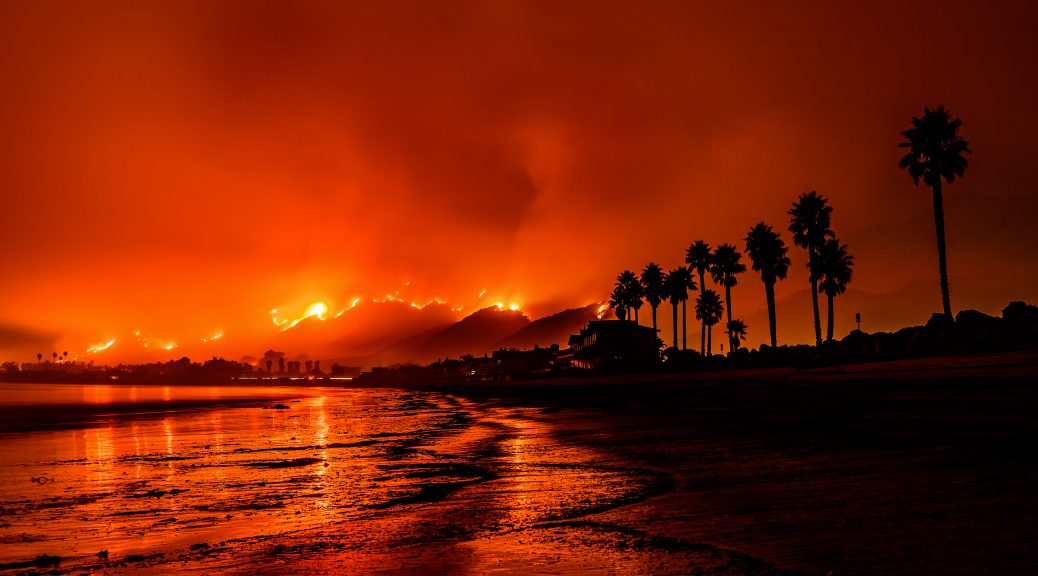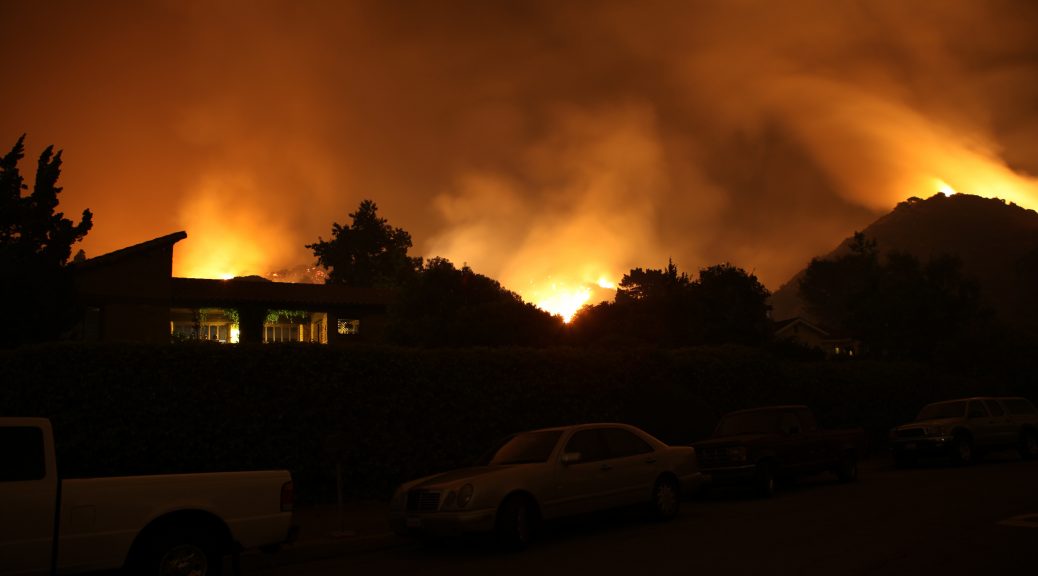People living in California are keenly familiar with the risk of wildfire. Of the 4.5 million U.S. homes at high or extreme risk, more than 2 million of them are in the Golden State, according to the Verisk 2019 Wildfire Risk Analysis. If you’re wondering what you can do to mitigate the risk to your home, it all begins with preparation – particularly in the area immediately surrounding the structure. Ideally, this defensible space should act as a buffer to slow or stop the wildfire. That gives your home a better chance of surviving the fire, and it helps protect the firefighters who may be defending it.
The five-foot rule
Zone 1, sometimes called the ignition resistant zone, is the area of defensible space within five feet of your home. When properly cared for, this area can help prevent wildfire from destroying your home. It’s important to keep in mind, however, that fires don’t always start with direct flame contact. In fact, an estimated 80 percent of homes are destroyed by ember intrusion, and zone 1 is the most vulnerable area. It only takes one ember to wreak havoc on your home, and a wind-driven wildfire can produce thousands of embers capable of traveling more than a mile.
With that in mind, here’s what you need to know about making sure the five-foot area around your home is fire-ready.
- Make it a fuel-free zone. Start by removing all combustible vegetation, such as mulch, leaves, and pine needles, as well as dead or dying trees, shrubs, weeds, grasses, and ground cover. Carefully inspect decks and porches where these highly flammable items can easily hide. Areas beneath a deck can harbor growth that turns into the dry brush, or fire fuel. Any debris in the roof and rain gutters should be routinely removed as well.
- Remove all combustible materials. During the fire season, you’ll want to remove everything from firewood and patio cushions to garbage and recycling bins. Be extra vigilant about pulling items out from under decks and porches where they may have accidentally slipped in through cracks and openings. And don’t overlook the doormat, which could also be highly flammable. Opt for a heavy rubber or metal grate option instead.
- Prune low-hanging tree branches. Tree limbs should be pruned at least 10 feet from the chimney and stovepipes – and away from the roof in general. Increase the height from the surface to the base of the tree crown, and thin the foliage to reduce density. Beware of ladder fuels or any vegetation that can carry a fire from the surface or low-growing plants to taller plants. All tree foliage should be confined to the crown area, far away from any surface plants below.
- Reduce fire ignitions in gutters. To keep fuel sources from accumulating in gutters, you may want to install non-combustible gutter guards. Wind-blown fire embers can easily land in gutters, igniting leaf litter, pine needles, and other combustible materials. To be safe, inspect your roof and gutters at least two times a year to make sure no flammable debris has collected.
- Protect vulnerable areas. You’ll quickly discover that 1/8-inch wire mesh is your friend, and can be used to cover up everything from exterior attic vents to the areas below decks and porches where debris and combustible materials can accumulate. Embers may collect along the sides of the home where they are then drawn into crawl spaces, eaves, and attics. To reduce the possibility of ember intrusion, your vents can be retrofitted. It’s as simple as installing the 1/8-inch mesh over or behind crawl spaces, round bird blocking ventilation holes, eaves, and gable vents. Ember-resistant vents or prefabricated vents with 1/8-inch mesh are another option.
- Choose fire-resistant landscaping. Some of the more sensible options include shrubs that shed their leaves annually and grow low to the ground, flowering plants with non-woody stems, rock mulches, and hard surfaces. Avoid ornamental conifers such as Thuja Green Giants and juniper and cypress varieties, which are especially flammable and should not be grown in the defensible zone. Their foliage contains highly volatile oils and waxes, which makes them particularly vulnerable to both burning embers and direct flames.
- Keep structural repairs up-to-date. Loose or missing roof shingles should be repaired and replaced. This will prevent any embers from penetrating the roof where they can ignite the structure. The same is true of damaged window screens and broken windows.
While it’s not possible to completely protect your home from a raging wildfire, you can take some important steps to mitigate the risk. It may be your best defense when the fire season arrives.
Download this infographic and share it with all those who may be affected by wildfires this year.
CS_R_20043_WildfireEvacPrep-infographic-re4
For informational use only. Not applicable to all situations.
Sources:
· https://www.nfpa.org/Public-Education/Fire-causes-and-risks/Wildfire/Preparing-homes-for-wildfire
· https://jacksoncountyor.org/emergency/DesktopModules/Bring2mind/DMX/API/Entries/Download?Command=Core_Download&EntryId=40983&language=en-US&PortalId=13&TabId=1549
· Preparing Your Home for a Wildfire, Rivington Partners
· Protecting Your Home from Embers, Rivington Partners
· Reducing Fire Ignitions in Gutters, Rivington Partners






